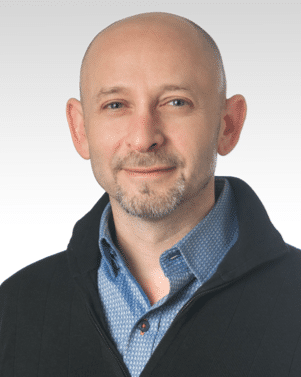
By James Lee and Benjamin Kraft
Latest data reflect county’s status as a populous, maturing suburb
Montgomery Planning’s Research and Strategic Projects (RSP) Division is responsible for developing Montgomery County’s long-range forecasts for employment, population, and households as part of the Metropolitan Washington Council of Government’s (MWCOG) Cooperative Forecast Program. The Round 10 forecast was recently completed, and new numbers show over the next 30 years the county is projected to experience growth in population, households, and jobs. The growth rate, however, is estimated to be at a slower pace than previous forecasts, reflecting the county’s status as a populous, maturing suburb. The forecast estimates the county will add 143,000 jobs (up from 493,600 in 2020 to 636,500 in … Continue reading








